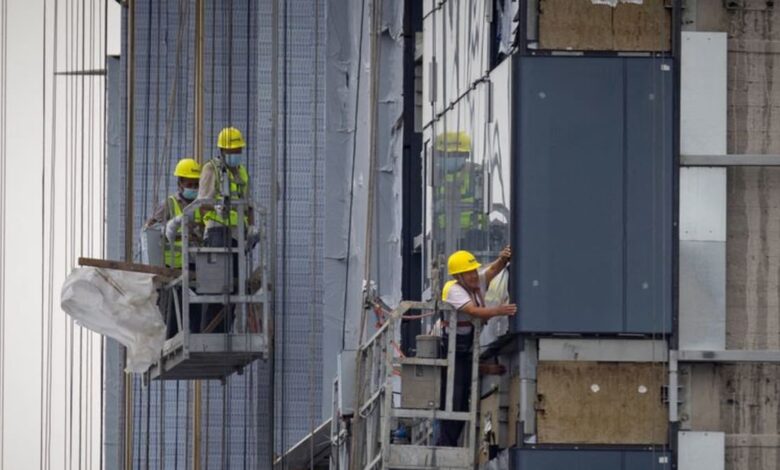Key features of China’s affordable housing policy

BEIJING: Chinese policymakers last month unveiled a slew of support measures for the property sector, including a nod to local governments to buy “some” unsold apartments and turn them into affordable housing.
Authorities hope that over time, improving access to affordable housing could provide utility to some of the excess construction undertaken in the boom years and that it may boost domestic consumption by lowering households’ needs for savings.
Below are the key features of the policy, one of the three main vectors of China’s response to its property market downturn alongside urban renewal projects and public infrastructure upgrades.
WHAT QUALIFIES AS AFFORDABLE HOUSING?
There are three main types of affordable housing in China: public rental housing, government-subsidised rental housing and homes with shared ownership.
WHO IS ELIGIBLE FOR IT?
Public rental housing targets low-income families in urban areas, while government-subsidised rental housing is provided to new urban residents and young people.
Homes with shared ownership target people with higher incomes who are still unable to afford a home. Some cities offer such housing through programmes to attract tech talent, teachers and medical staff.
Cities have their own income threshold for eligibility.
HOW MUCH DOES IT COST?
Guidelines on rent levels and apartment sizes vary depending on the jurisdiction.
For instance, in the southern city of Changsha, home to 10.5 million, public housing rents have to be at least 30 per cent lower than market rates. Most apartments cost 360 to 720 yuan (US$50-US$100) per month, depending on location, and they are smaller than 60 square metres in size.
In Shanghai’s cosmopolitan Yangpu district, a 50-64 square metre one-bedroom public rental apartment costs 3,899-5,491 yuan per month, around 20 per cent lower than market rates.
Government-subsidised rental housing usually comes at up to 90 per cent of the market price in the area for apartments up to 70 square metres in size.
A makeshift hospital in Beijing’s Chaoyang district was turned into government-subsidised rental housing last year, with the monthly rent set at 1,200 yuan, government-backed media The Paper reported.
Local housing bureau guidelines say homes with shared ownership should cost less than commercial houses of the same quality and type in the surrounding areas.
Bruce Pang, chief China economist at Jones Lang LaSalle estimates prices of shared ownership homes are 10-20 per cent lower than market prices, and home buyers usually own no less than 60 per cent of the apartment, while local governments own 10-40 per cent.


 Casino Welcome Bonus
Casino Welcome Bonus